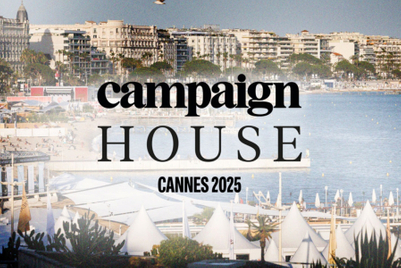To further appeal to kids, the campaign features a crew of quirky cartoon characters representing traditional dishes, dubbed the Papa Pals: the fried chicken Papa Noks; the fish, Papa Tilaps; omelette, Papa Torts; spring roll, Papa Loomps; and hotdog, Papa Dawg.
The TVC and print ads are aided by on-ground activation elements and a presence on Facebook.
“We are very impressed at how the consumer insights gathered by your team was translated into a fresh, relevant and sustainable campaign,” said Ren-ren Reyes, marketing group head of NutriAsia, the maker of Papa Banana Catsup.
Credits:
Project Papa Pals
Client NutriAsia
Creative agency Harrison Communications
Creative team Raul Castro, Alex Arellano, Budjette Tan, JB Tapia, Kevin Sabino, Reinard Santos, Norman Ramos
Account servicing Maricel Pangilinan-Arenas, Monday Gonzalez, Madel Palman, Tracy Ampil, Miko Calma
Strategy Viboy Palilio
Business development Tricia Camarillo
Exposure Television, print




.jpg&h=334&w=500&q=100&v=20250320&c=1)
.jpg&h=334&w=500&q=100&v=20250320&c=1)
.jpg&h=334&w=500&q=100&v=20250320&c=1)
.jpg&h=334&w=500&q=100&v=20250320&c=1)

.jpg&h=334&w=500&q=100&v=20250320&c=1)





.jpg&h=268&w=401&q=100&v=20250320&c=1)


